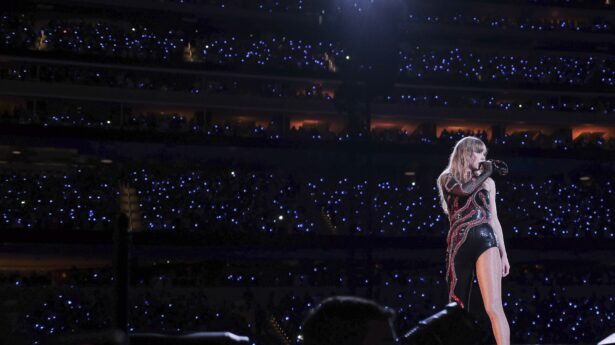
Insight
Future-Proofing Growth: balancing Innovation and Diversification
The Antidote to Over-Diversification
Should you swing for the fences, or rack up singles and doubles?
That’s a colloquial way to sum up a trend I’m seeing among leadership teams with whom we work. In recent years, there has been an overall shift away from organizations pursuing one “big hairy audacious goal” (BHAG) — like a single $100 million initiative — toward a portfolio of smaller $10 million bets.
Diversification of risk makes sense, especially given that so many new ideas fail. This approach spreads risk, allowing companies to invest in multiple, less-costly projects and avoid putting everything on the line for one giant swing with an uncertain outcome.
Yet, over-diversification brings challenges as well. Each smaller project competes for resources, making it harder to properly support initiatives or focus on a coherent vision. This can lead to a portfolio that’s too fragmented and misaligned with the organization’s strategic goals.
What is the answer? We have seen (and helped) many companies adopt a more methodical, strategic approach that blends foresight with actionable roadmaps, protecting against too little or too much diversification, ensuring that each initiative aligns with a broader vision for sustainable growth.
A Clear Vision for the Future
As a company, Upland has always emphasized the importance of foresight in the planning work we do with our clients. We have discussed in prior articles the importance of a process that begins by painting a clear picture of the organization’s future state, then maps initiatives, milestones and initiatives backward to the present day…a future-back approach to growth strategy planning.
Our DisruptorID™ methodology is designed for this purpose, providing organizations with the tools to anticipate disruption and define its ideal future, then proactively align innovations and other initiatives with market and consumer shifts. By focusing on fewer, more strategically aligned efforts, companies can better prepare for both short-term wins and long-term growth.
What results is a more purposeful and intentional approach. As opposed to a “tinkering in the sandbox” mindset, future-back growth strategy endeavors to keep the organization aligned, focused and committed to a common vision for the long term.
We are so committed to the future-back approach that we have an entire foresight team dedicated to the work!

Don’t Miss the Unobvious
In all of this, it is critical to avoid the lure of shiny new ventures that can easily distract. This doesn’t mean pushing the pendulum all the way back to a single BHAG. It simply necessitates that all innovations and diversifications be aligned, with those that map to the future being prioritized.
Part of the work includes asking the right (sometimes not so obvious) questions:
- What business are we competing in today, and will that shift in the future as the result of our growth strategy?
- Let’s start by defining ourselves. Who are we? What do we stand for? And what will be in the future?
- What do we know about the competitive landscape we may be veering into? Don’t miss competitors that enter from the side.
- Do we need to take a fresh look at our positioning and brand strategy? Does it align with and appeal to a new customer base we need to better understand before we go into product development? Are we compelling?
- What external forces and disruption are we not anticipating or considering in our zeal to innovate and iterate? What could be next, and how do we better prepare for unknowns?
Recent Market Examples & what this means for organizations
In the past year, companies like PepsiCo and Unilever have exemplified this approach. PepsiCo’s focus on emerging market segments, such as plant-based products and functional beverages, reflects a diversified yet coherent strategy, balancing risk while aligning with shifting consumer health trends. Similarly, Unilever has streamlined its portfolio to emphasize high-growth areas like sustainable beauty, focusing on fewer, well-aligned brands to avoid over-diversification.
By concentrating on the future and using a future-back approach, organizations can prevent fragmentation, building a cohesive, resilient strategy that remains nimble in the face of disruption.
We’ve quoted Abraham Lincoln previously in this context, but it bears repeating: “The best way to predict the future is to create it.” Once it’s created, start today to work backwards from it and you are more likely to achieve the vision of your ideal.
We bring a rigorous future lens to strategic planning, innovation strategy, and branding. Reach out to Jacqueline.Holliday@go-upland.com to learn how Upland maps disruption and future market trajectory, helping brands create their ideal growth strategy framework and path to success.



